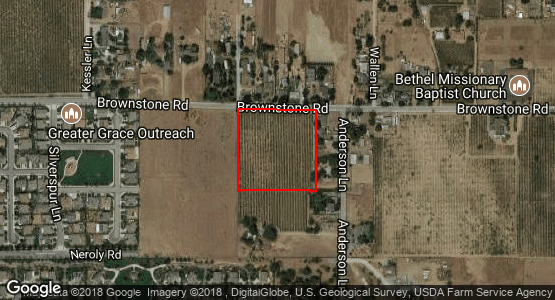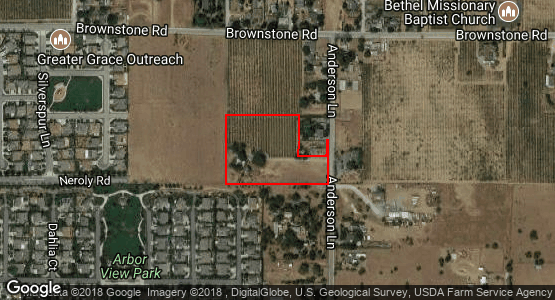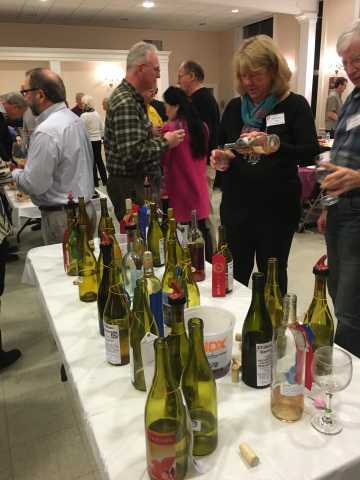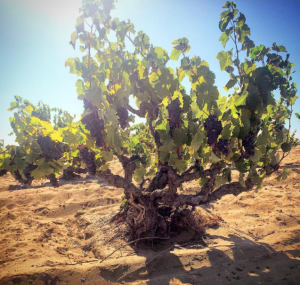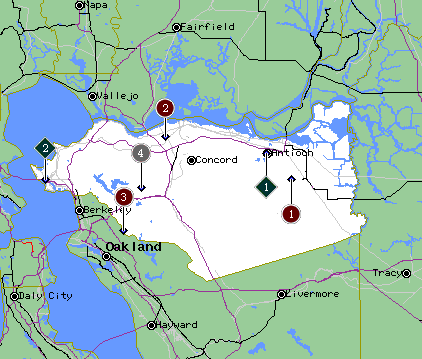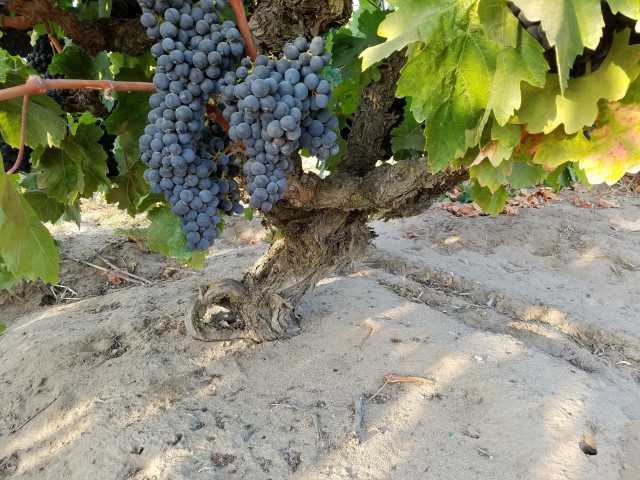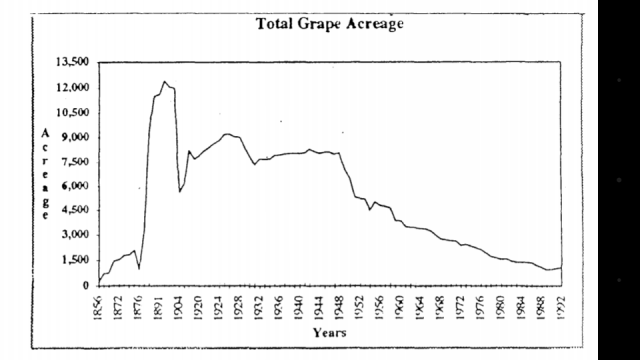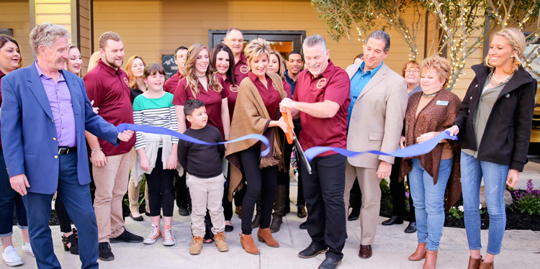Google Books’ website contains a treasure trove of information pertaining to California’s prior wine production statistics, the quantities of grape varieties grown in each region, etc, only if one knows precisely how to find it. Otherwise, the attempt can prove to be a rather disheartening! 
The publication shown below names most counties’ major grape growers, and identifies the varieties cultivated by each.
If only this information was still made publibly available on an annual basis.
Directory of the Grape Growers: Wine Makers and Distillers of California, and of the Principal Grape Growers and Wine Makers of the Eastern States
Published by California Board of State Viticultural Commissioners, 1891
“Contra Costa County Harvest Numbers” are provided on page 4:
- 3,141.5 total acres of vineyards
- 1,750.5 acres bearing
- 2,085 acres of wine grapes
The “Directory of Grape Growers & Winemakers for Contra Costa County” is found from pages 22 - 27.
This directory of Townships and the Growers’/Winemakers’ last names are organized alphabetically.
The most common varieties grown in Contra Costa during the late 19th Century were:
• Zinfandel
• Mission
• Rose of Peru (Black Prince or Mission)
• Mataro (Mourvèdre)
• Black Malvoisie / Cinsault
• Carignan
• Chasselas
• Muscat
• Burger
• Black Ferrara (image)
Note: According to conflicting sources, Californian Rose of Peru may be the same variety as either Black Prince (aka, Kodryanka Late), Mission, or Cinsault .
In 2017, a TTB document asserted, “Rose of Peru is a red Vitis vinifera variety, long grown in California, that DNA evidence has disclosed to be identical to the Mission variety…”.
** EDIT **
Below is a similar report for the year 1930, though with fewer details. The total vineyard acreage of grapes is shown for various counties. Information for each of the 16 top wine grapes of the time are individually provided as well.
California Grape Acreage, Production, Yields, and Acreage per Farm,1930, by Varieties, Counties, and Districts
by Shear, S. W. (Sherwood William)
Published by California Grape Control Board, 1932
Search Results: “Contra Costa” (not all entries appear via intertextual search)
“Wine Grape Varieties - Acreage, Production, and Average Yields per Acre” for Contra Costa County are provided on page 9:
- 5,578 acres of wine grapes
- 10,099 tons produced
- 2.0 tons-per-acre produced
Page 23 reports the “White Wine Grape Varieties - Acreage, Production, and Average Yields per Acre” for Contra Costa County:
- 56 acres of white wine varieties
- 89 tons produced
- 1.7 tons-per-acre
Page 29 reports the “Black Wine Grape Varieties - Acreage, Production, and Average Yields per Acre” for Contra Costa County:
- 5,448 acres of black wine varieties
- 9,896 tons produced
- 2.0 tons-per-acre
![]()
